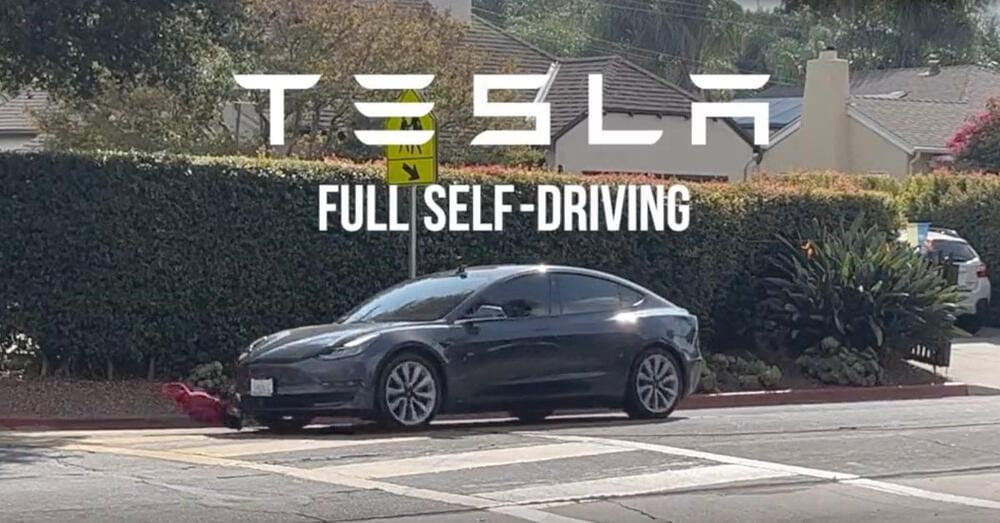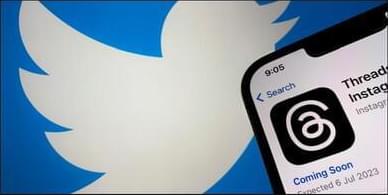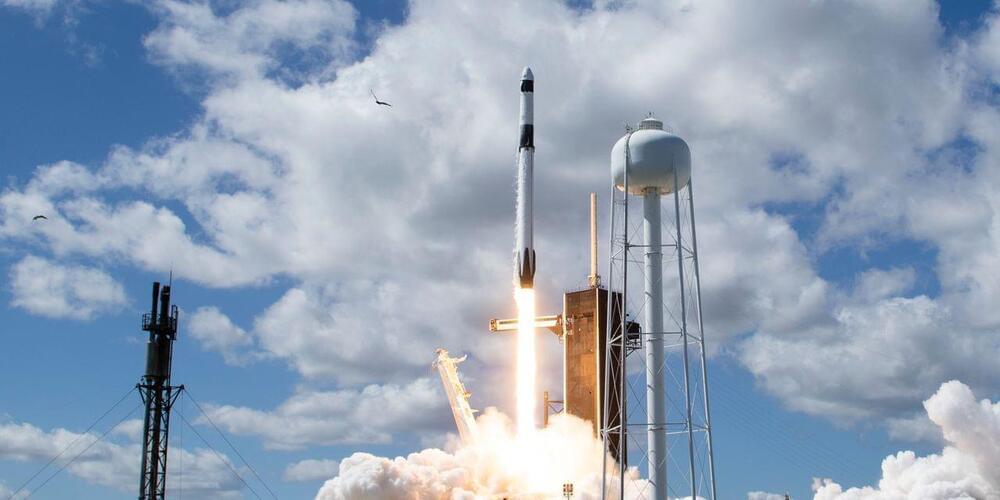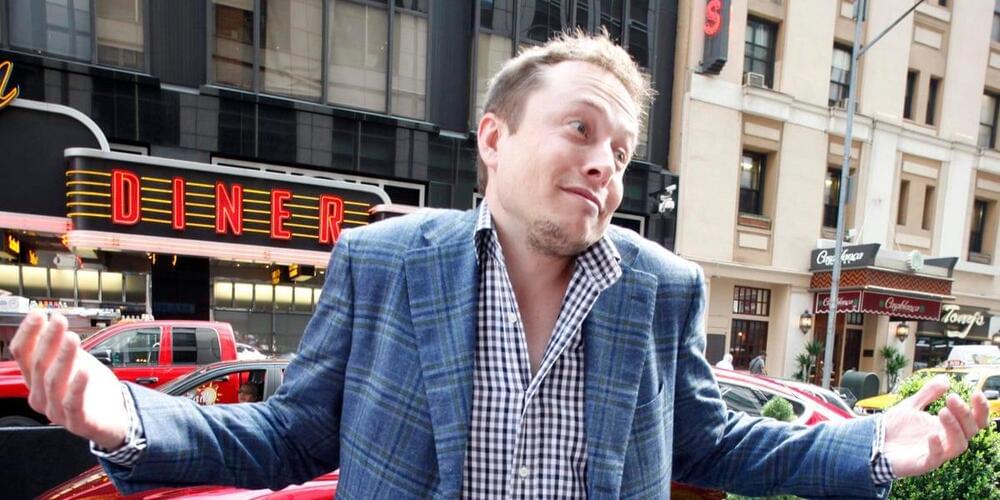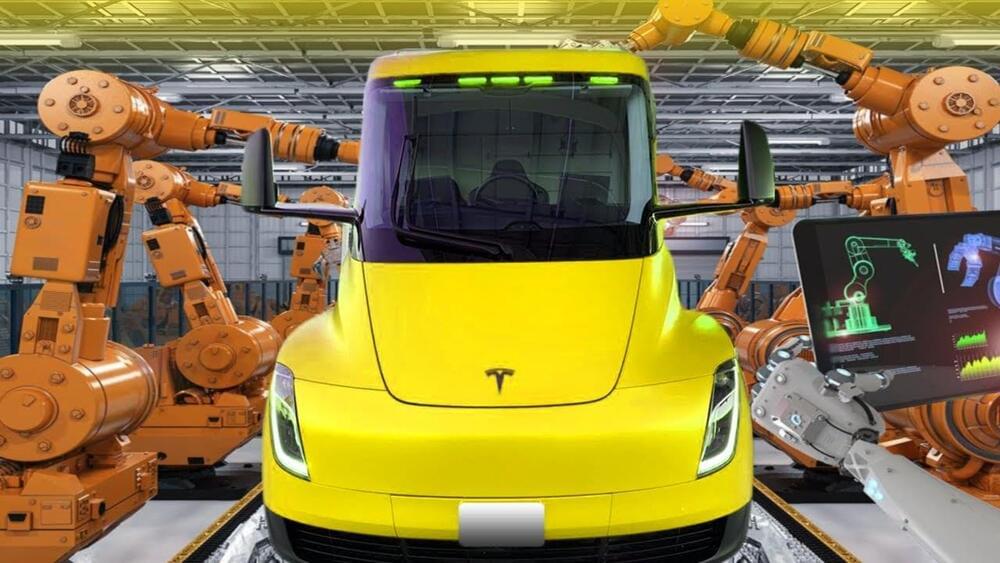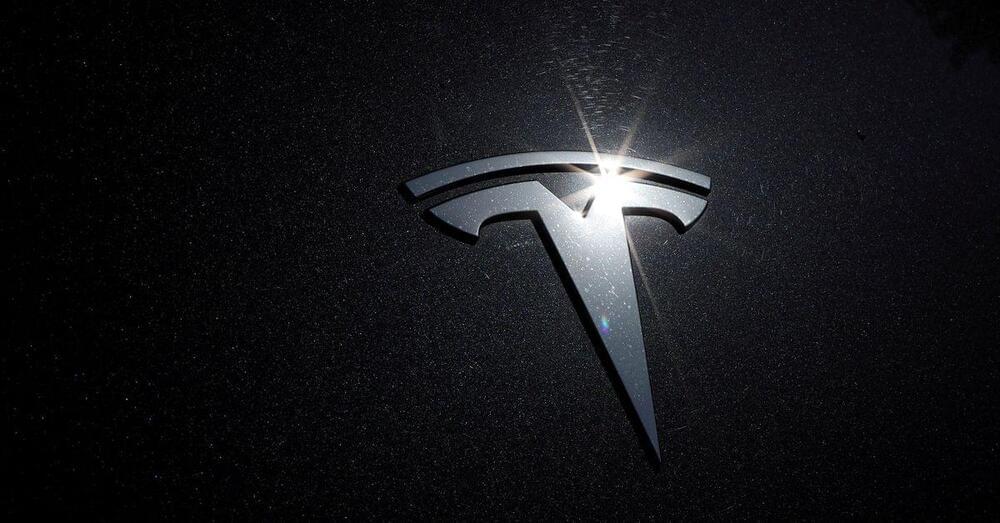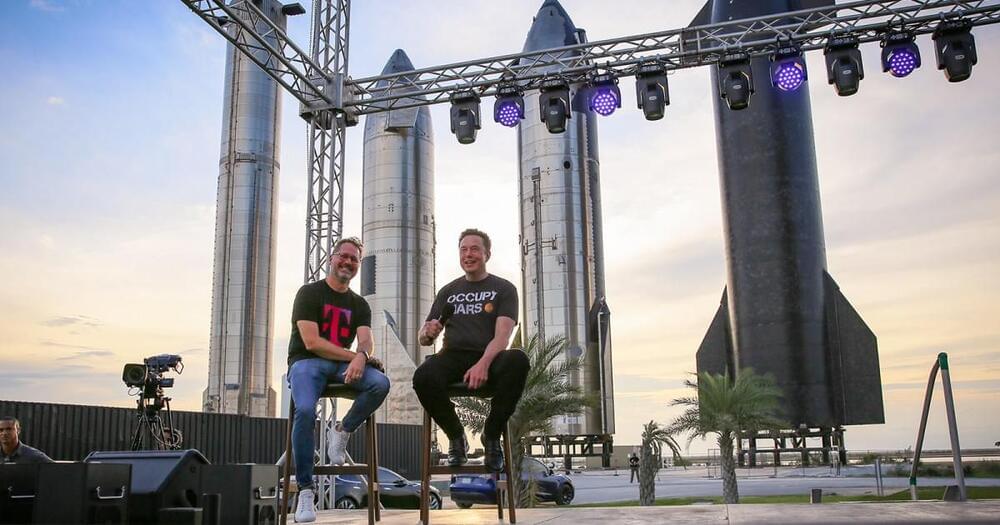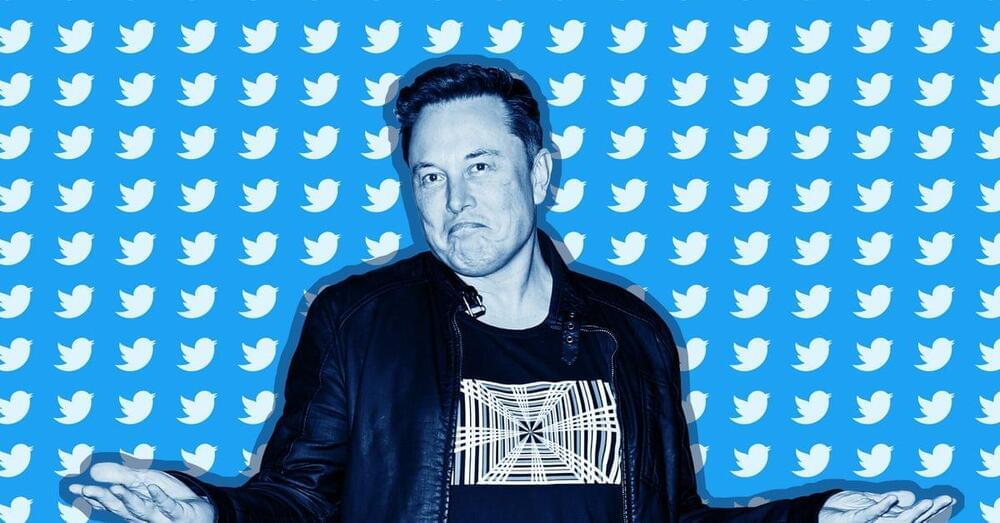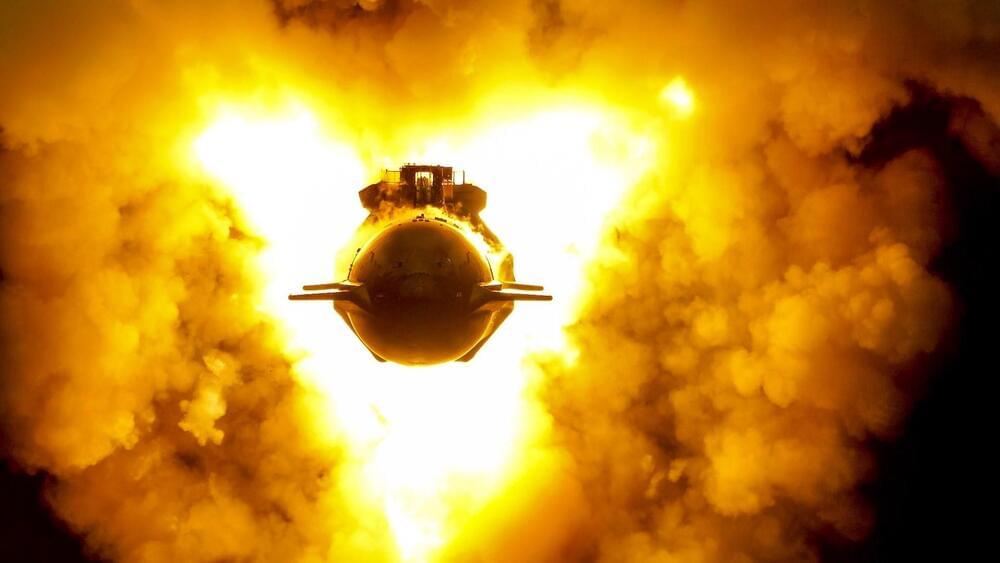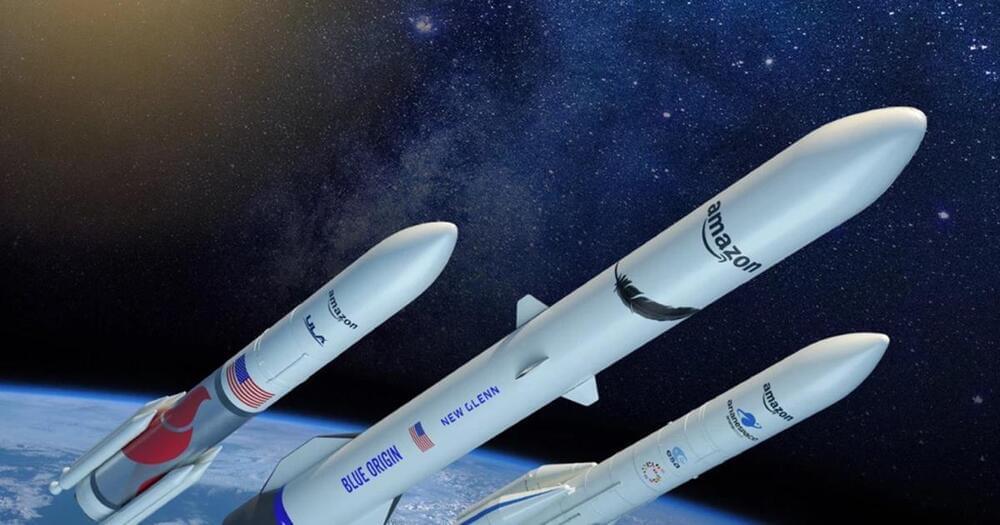
The billionaire space race is continuing to expand across the globe. Jeff Bezos-owned Blue Origin has announced plans to expand its operations to “Europe and beyond,” the Financial Times reports. Part of this growth hinges on finding a site for an international launch facility — the company has already put down roots in Texas, Washington, Florida and Alabama — but the new location hasn’t been chosen yet. It’s also actively looking for fresh acquisitions and partnerships outside of the US in areas such as manufacturing and software.
“We’re looking for anything we can do to acquire, to scale up to better serve our customers,” Bob Smith, Blue Origin CEO, said. “It’s not a function of size — rather how much it accelerates our road map of what we’re trying to get done.” Last year, Blue Origins bought New York-based Honeybee Robotics, a move that appears successful: The space-based robotics company was part of the Blue Origin team that recently received $3.4 billion to build the lunar lander for NASA’s third Artemis mission. Blue Origin’s biggest competitor, Elon Musk’s SpaceX, is handling the first and second Artemis moon landings.
Though Blue Origin was the first to launch, land and reuse a rocket successfully, it has fallen behind its rival due to hold-ups with building its launchers. Blue Origin’s plans for a more global footprint might help them catch up with SpaceX’s progress. Amazon’s Project Kuiper also plans to use Blue Origin’s rocket New Glenn for at least 12 launches between 2024 and 2029 after a few years of delays.
